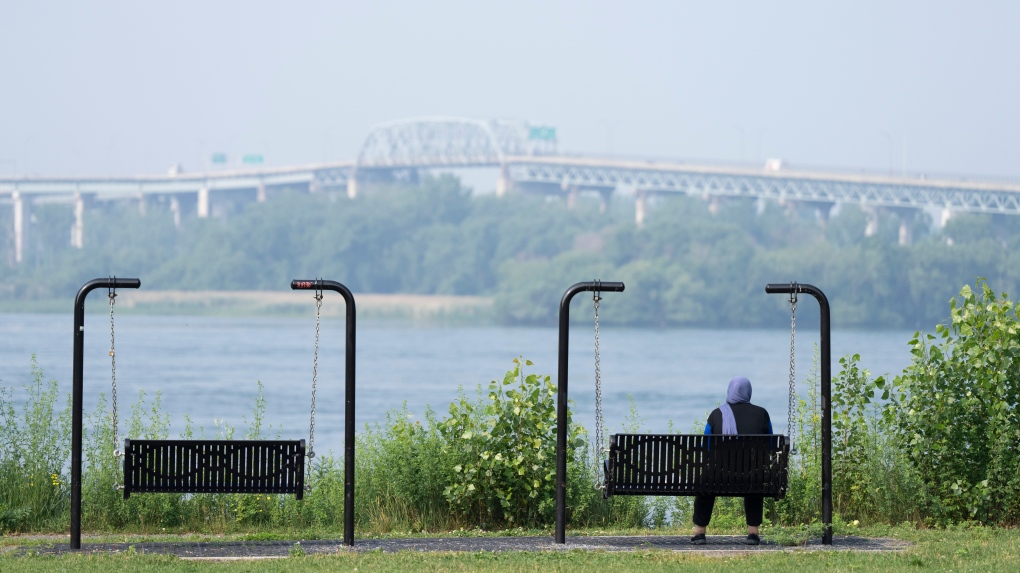After a summer of raging wildfires that affected the air quality of multiple communities in North America, a new study headed by researchers from the University of Waterloo suggests that climate change will quadruple the number of air quality alerts in the U.S. by the year 2100.
Researchers from Canada and the U.S. found that in about 75 years, people would need to stay indoors for 142 extra days per year in order to avoid additional health risks from intensifying air pollution.
The increase in air quality alerts, which occur when the Air Quality Index (AQI) gets too high, will be greatest in the eastern half of the U.S., with people experiencing homelessness or those in homes that allow polluted air in not getting adequate health protections.
Dr. Rebecca Saari, senior author of the study and associate professor in the department of civil and environmental engineering at the University of Waterloo, said this will disproportionately affect areas with high Black populations and leakier homes, widening existing inequalities and impacting those less able to adapt. (changed to lowercase for department name per CP style)
“Air pollution disproportionately impacts vulnerable people in the U.S.,” Saari stated in a media release.
Staying indoors for an additional 20 extra weeks per year would cost a person an average of $5,600, based on the cost of their lost outdoor time and the benefit of reduced health risks, the study notes. It suggests this is neither desirable nor realistic.
The researchers conclude that relying on individuals to take the necessary steps to adapt will likely be ineffective without policy measures to increase adherence to safety measures. This includes reducing costs for those trying to stay inside, taking the initiative to repair air leaks or improve the air quality of buildings, as well as providing help for those who live or work outdoors to adapt.
“The prevailing advice (of staying indoors) helps the most if people can live and work in buildings with clean indoor air. It is unlikely to protect against the rising risks of climate change without additional policy,” Saari said.
Canada saw a major decline in air quality in 2023, largely due to the wildfires which occurred in several provinces and territories throughout the spring and summer. The smoke produced from these wildfires reached Canadians in every province and territory and even spread south of the border, affecting much of the northeast and Midwest regions of the U.S.
Drifting smoke from the Alberta wildfires created clouds of haze and triggered air quality alerts in Minnesota and Wisconsin, as well as major U.S. cities like Chicago and Detroit. At one point in early June 2023, Quebec’s wildfires led to New York City topping the list of the world’s worst air pollution.
At several points through last June and July, a number of Canadian cities, including Montreal, Ottawa and Toronto had some of the worst air quality on the planet. On June 7, National Clean Air Day, Canada had the poorest air quality of any country in the world.
Canada would end up producing nearly a quarter of the global wildfire emissions in 2023, according to the environmental observation department of the European Union’s Space program.
Saari said policymakers must ensure that greenhouse gas emissions that cause air pollution and climate change are addressed.
“Reducing emissions would be the most effective way to mitigate an increasing, unfair burden of air pollution as the climate changes,” she added. “In order to protect our health equitably from air pollution, we need both mitigation and adaptation.”


